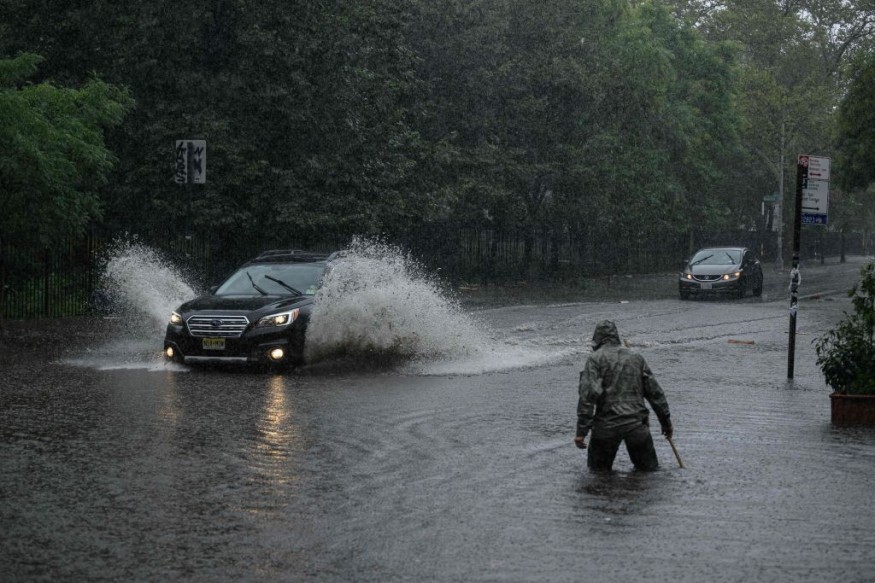Experts said that climate change has made storm 10 to 20% wetter and this kind of phenomenon recently drenched New York City.
They said that the heavy precipitation in New York was mostly strengthened by human-driven climate change.

Findings
Studies have shown that low pressure systems similar to that affecting New York are to 3 to 15 mm/day wetter in the present than what had occurred in the past.
Experts said that similar events in the New York floods have already been observed in the past.
"Based on the above, we conclude that low pressure systems leading to New York floods similar to that observed in September 2023 are 3-15 mm/day wetter than they would have been. We interpret the New York floods as an event whose characteristics can mostly be ascribed to human driven climate change," the ClimaMeter said.
To recall, it was on September 29 when an exceptionally violent storm has struck the East Coast, particularly in the states of New York and New Jersey.
The dynamics leading to these heavy rains are primarily linked to a convergence of cold air masses that descends from Canada as well as the very warm, humid air rising from the Gulf of Mexico.
In New York City, where a state of emergency has been declared by authorities, up to 200 mm of rain has fallen mostly on the 29th of September.
Some areas, including Brooklyn and Manhattan, have been submerged under one and a half meters of water, with restaurants, shops, and especially subways all flooded.
The IPCC AR6 WG1 report indicated that the frequency and intensity of heavy precipitation events are projected to increase in almost all areas in the United States.
In the Eastern North America region, officials observed an increase in extreme precipitation events, which have already been detected in the past and anthropogenically attributed with medium confidence.
With global temperature increases due to human-induced climate change, the City of New York may face more frequent and severe heatwaves, heavy precipitation leading to urban inundation, elevated storm surge risks, as well as chronic flooding from sea-level rise.
Meanwhile, the extent of these impacts depends on other factors such as the evident global warming, local geography, and regional climate patterns.
Read Also: New York City: Rescues Made As Flash Floods Swept Many Areas; Transport Also Interrupted
What happened in New York
Torrential downpours across north-eastern parts of the US caused significant flooding and disruption week, with New York City particularly badly affected by the bad weather.
Flash floods were reported across many of the city's subway stations and streets, disrupting the transportation system.
Officials said that one of the three terminals at LaGuardia airport was forced to close temporarily, and a sea lion was able to briefly escaped from its enclosure at the Central Park zoo.
New York City Governor Kathy Hochul had declared a state of emergency to ensure the safety of residents as she described the situation as "life-threatening."
Millions of residents have been put under flood watches and flash-flood warnings.
Fortunately, no death or injury was reported.
Related Article : US Weather Forecast: Weather System Threatens New York City, Northeast Region with Flooding Rainfall [NWS]
Related Video:
© 2025 NatureWorldNews.com All rights reserved. Do not reproduce without permission.





